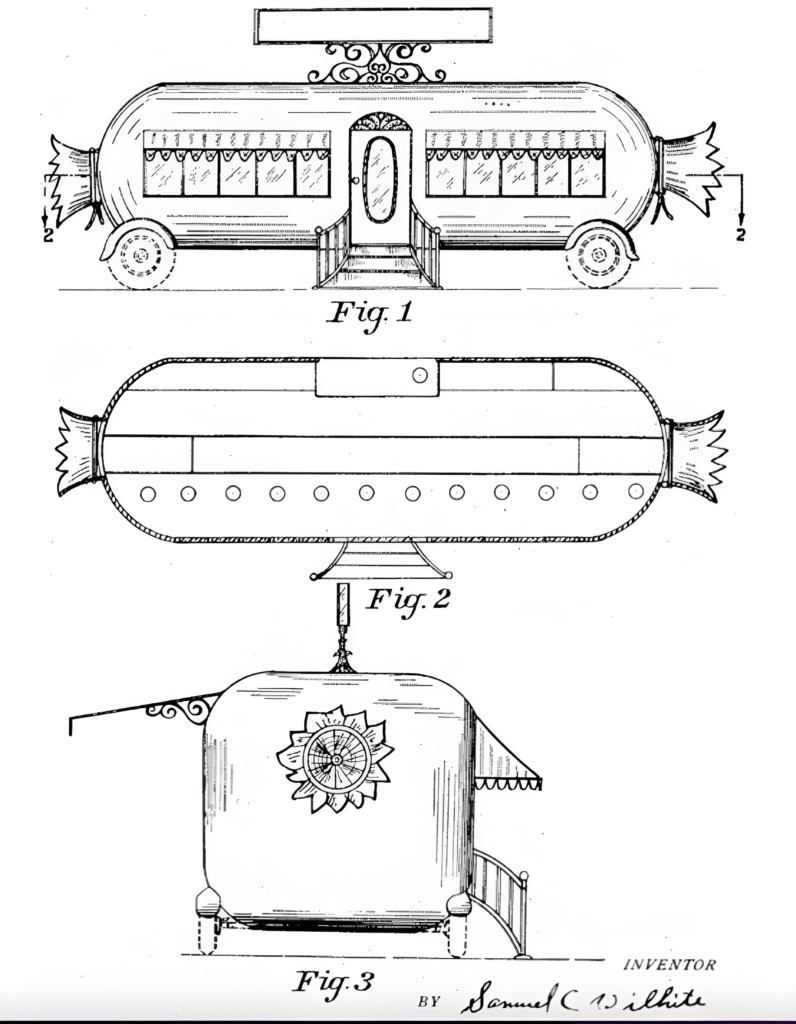If you ever find yourself cruising down Whittier Blvd in East LA. You might see this weirdly shaped building shoehorned between a clinic and an event planning business. Is it a candy? A sausage? It’s actually a tamal.
Originally designed and planned as a tamal-shaped wagon called the “Tamale Inn,” the owner opted for a permanent location on Whittier Blvd and opened“The Tamale” in the late 1920s.

The Tamale is an example of programmatic architecture, where a building is made to look like what’s sold inside or illustrates the name or theme of the business. Why have a sign on the outside of your building when the building itself can be your sign? The more eye-catching the better, as this style of architecture became popular in California in the 1920s and 30s alongside the emerging car culture.
This architecture was so common, that if you cruised Whittier Blvd in the late 1920s, you would’ve driven past the Oil Can Restaurant, The Tamale, and the Dugout within minutes of each other.
Eventually, this type of architecture fell out of style and most of these buildings have been torn down and replaced. Although a few examples still survive, like The Donut Hole in La Puente, Tail o’ the Pup in West Hollywood, and, although it stopped serving food long ago and eventually housed a beauty salon, the Tamale still stands in East L.A. … at least for now.
References:
“California Crazy: American Pop Architecture” by Jim Heimann Pg. 285-288
“Tamales, L.A.’s Original Street Food” By Gustavo Arellano, The L.A. Times. Sept. 08, 2011.
“The Story of California’s Bizarre Novelty Architecture” by Jonathan Griffin, The Economist. June 14, 2018.
Early Los Angeles Programmatic-Style Buildings | Water and Power Associates

